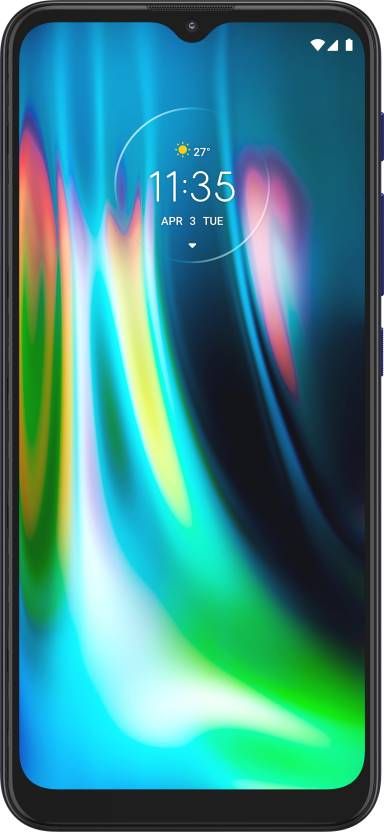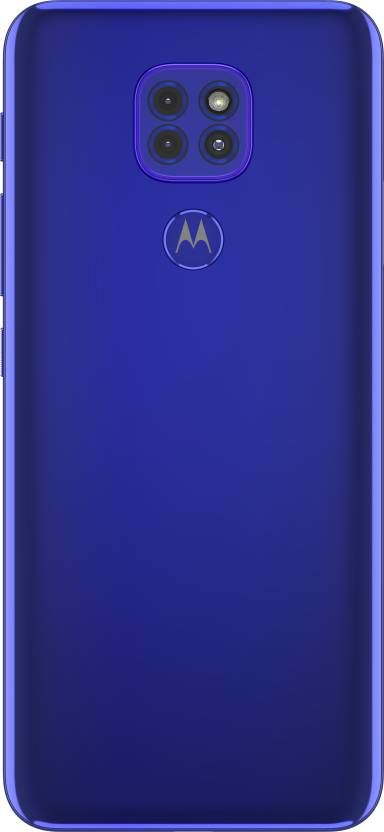If you are looking for a complete-solution bundle for your laptop ports, AUKEY has a really great bundle for you. With their USB-C hub and charger products, you can eliminate the need for having multiple chargers and adapters. These high-quality products are available on Amazon at very competitive prices. Take a look at the AUKEY 12-in-1 USB-C Hub (CB-C78) and the AUKEY 3.3ft e-Marker USB-C to USB-C Cable (CB-CD23).
AUKEY 12-in-1 USB-C Hub (CB-C78)
This USB-C hub from AUKEY is designed to have all the ports you could possibly need, saving you from having to buy more hubs in the future. This hub is perfect for anyone with a laptop that is dealing with limited USB-C ports. This hub includes:
- 1 Gigabit Ethernet port
- 2 HDMI ports: 4K 30Hz
- 1 VGA port: 1080P@60Hz
- 2 USB 3.1 Gen 1 (USB 3.0) ports
- 2 USB 2.0 ports
- 1 USB-C data port
- 1 USB Power Delivery charging port
- SD & microSD card slots
With this huge selection of ports, you’ll be able to plug in all of your accessories comfortably. Even when you’re using your extra ports, you’ll still be able to charge your phone or other electronics using the 100W Power Delivery pass-through. For speed transfers, you can use the USB 3.1 and USB-C ports to get up to 5GBPS speeds.
Need to utilize an additional monitor? The VGA port included with this hub supports 1080p at 60Hz, while the HDMI port supports 4K at 30Hz. These options make it very easy to use your extra monitors with your laptop. Using these additional ports on your hub, you can connect up to three extra displays for your Windows workstation.
This hub does not need any additional power, which means you don’t have to worry about finding another outlet to power it. All you need is one open USB-C port on your computer. It’s compatible with both Windows and macOS devices. The hub has a unibody aluminum alloy ionized finish, which makes it super durable and helps to disperse heat. It’s a very good durable and portable design with enough ports to be the only hub you’ll need.
AUKEY 3.3ft e-Marker USB-C to USB-C Cable (CB-CD23)
In the same theme of consolidating your cables, getting a charging cable that can charge all of your devices is a great way to avoid having to bring several chargers with you. One cable to charge your laptop, phone, tablet, Nintendo Switch, and most other electronic devices. The AUKEY 3.3ft e-Marker USB-C to USB-C cable is the best solution for all of your charging needs. This impressive cable can charge a MacBook Pro 13″ in around 100 minutes.
The built-in e-Maker chip allows for 20V/5A (100W) charging speed. USB 3.1 gen 2 allows for up to 10 GBPS of data transfer speed and outputs resolutions up to 4K@60Hz from a USB-C laptop to a connected USB-C display. If you have large power-consuming devices, you need a cable like the AUKEY CB-CD23 to charge that at full speed. It’s a great way to ditch your collection of chargers and switch to one reliable solution.
We thank AUKEY for sponsoring this post. Our sponsors help us pay for the many costs associated with running XDA, including server costs, full time developers, news writers, and much more. While you might see sponsored content (which will always be labeled as such) alongside Portal content, the Portal team is in no way responsible for these posts. Sponsored content, advertising and XDA Depot are managed by a separate team entirely. XDA will never compromise its journalistic integrity by accepting money to write favorably about a company, or alter our opinions or views in any way. Our opinion cannot be bought.
The post Make the Most out of Your Limited Ports with this AUKEY Elite Connection Bundle appeared first on xda-developers.
from xda-developers https://ift.tt/34q4okM
via IFTTT














